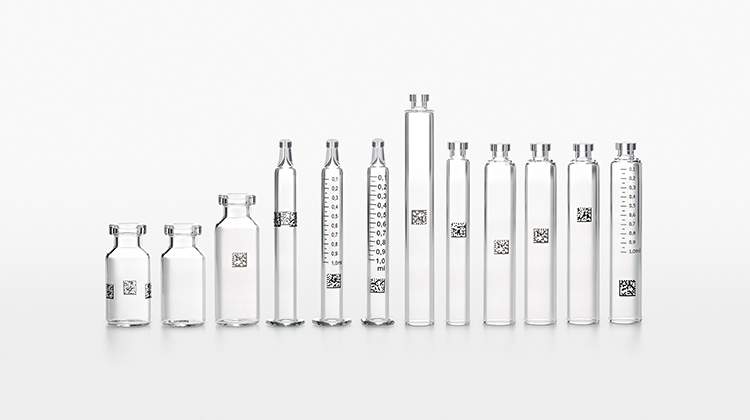Health authorities and regulators are increasingly looking for much higher levels of traceability during the manufacture of parenteral medicines as modern manufacturing operations are now becoming increasingly complex processes.
Today, if a problem is identified during a process step, manufacturers are unable to define exactly which products may have been impacted. As a result, they adopt either an “over segregation” or “full batch write-off" policy. This can have significant financial impact from lost or missed revenue and lead to drug shortages in the market.
The benefits of being able to trace each container within the manufacturing process include improved batch visibility and accountability whilst simplifying investigation work in case of potential deviations during fill and finish operations. This reduces risk and enables a detailed root cause analysis to improve each process.
As a potential solution to this issue, the Stevanato Group has created a container traceability solution that marks each primary container with a unique machine-readable 2D data matrix barcode. In effect, each glass syringe, cartridge, and vial is given its own 'fingerprint' with a unique serial number.
The barcode allows each container to be tracked at every manufacturing step – from forming through to filling and automated inspection. The addition of manufacturing data at each step delivers significant process and quality benefits for both the glass container producer and pharma companies.
With the support of ISPE, Stevanato Group collaborated with a range of key industry stakeholders, to research, write, and publish the first primary container traceability discussion paper for the pharmaceutical industry.
Published on 2 February, the document outlines the current state of implementation of unique container identification technology in parenteral manufacturing lines, including potential solutions. The objective of the publication is to develop the robustness of the solution by obtaining feedback from practitioners on the issues and challenges they may face when and if uniquely identified primary containers for injectable products are implemented within their manufacturing operations.
Read “Unique identification on Primary Containers to Drive Product Traceability & Quality”!
Give your Feedback





